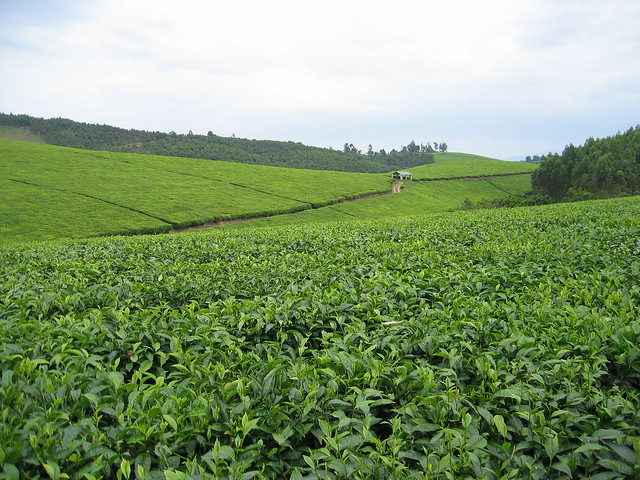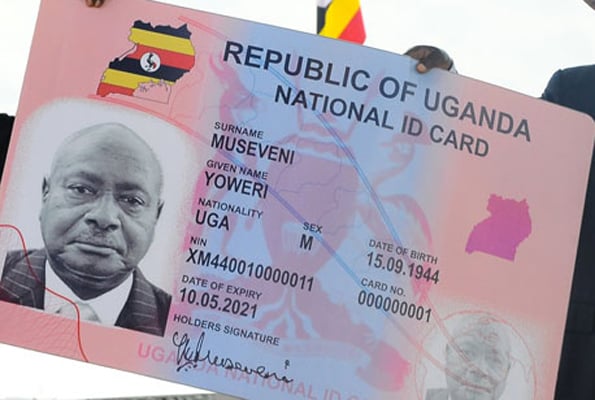Land ownership.
Land is a valuable resource that plays a crucial role in the lives of Ugandans. Whether you’re a farmer, a business owner, or a homeowner, understanding the different types of land ownership in Uganda is essential. This simplified guide aims to break down the complexities and provide you with a clear understanding of how land ownership works in Uganda.
- Mailo Land: Mailo land is a common type of land ownership in Uganda, often found in the Buganda region. It originated from the colonial era and is characterized by land owned by the Kabaka (King) and other landlords who derived ownership under the 1900 Buganda agreement or derived interest from such owners. This land can be “leased” to individuals or families. The “leaseholders” are known as “bibanja” owners, and they have rights to use and occupy the land. However, the ownership of the land itself remains with the Kabaka or the registered land owner. It’s crucial to understand that the bibanja owners have certain rights, but the ultimate ownership rests with the landlord.
- Freehold Land: Freehold land ownership grants individuals or entities full ownership rights over a piece of land. This type of ownership is not subject to leases or limitations, allowing the owner to use, transfer, and even develop the land as they see fit. Freehold land provides more security and control compared to other types of land ownership. It’s commonly used for residential, commercial, and industrial purposes.
- Leasehold Land: Leasehold land ownership involves renting land from the government or a landowner for a specific period, often 49 or 99 years. The leaseholder has the right to use and develop the land during the lease period, but the ownership returns to the original landowner after the lease term expires. This type of ownership is prevalent in urban areas and is commonly used for real estate development and commercial purposes.
- Customary Land: Customary land ownership is deeply rooted in traditional practices and is widespread in rural areas of Uganda. Communities collectively own and manage the land based on customary laws and traditions. Individual families or clans may have rights to use specific portions of the land for farming, grazing, or settlement. However, ownership is communal, and decisions are often made through traditional authorities.
- Public Land: Public land is owned by the government and is intended for public use and benefit. It includes areas like parks, roads, government buildings, and other public infrastructure. The government manages and controls this land to ensure it serves the interests of the entire population.
Understanding the types of land ownership in Uganda is crucial for making informed decisions about property transactions and investments. Whether you’re considering purchasing land, leasing it, or simply using it for personal or business purposes, having a clear grasp of the different ownership structures will empower you to navigate the intricacies of land ownership in the country. Remember that seeking legal advice and consulting local authorities can provide you with further insights tailored to your specific situation.















